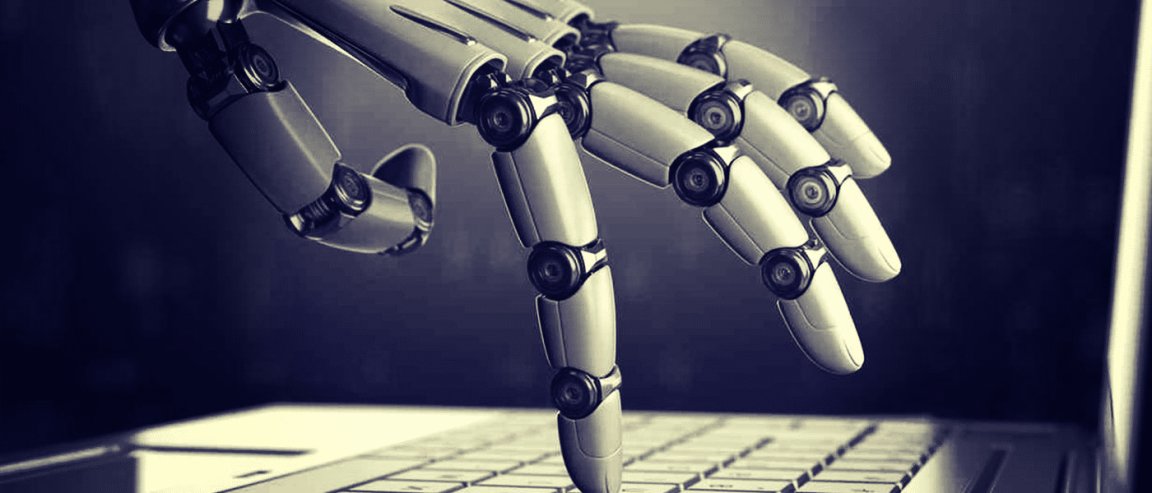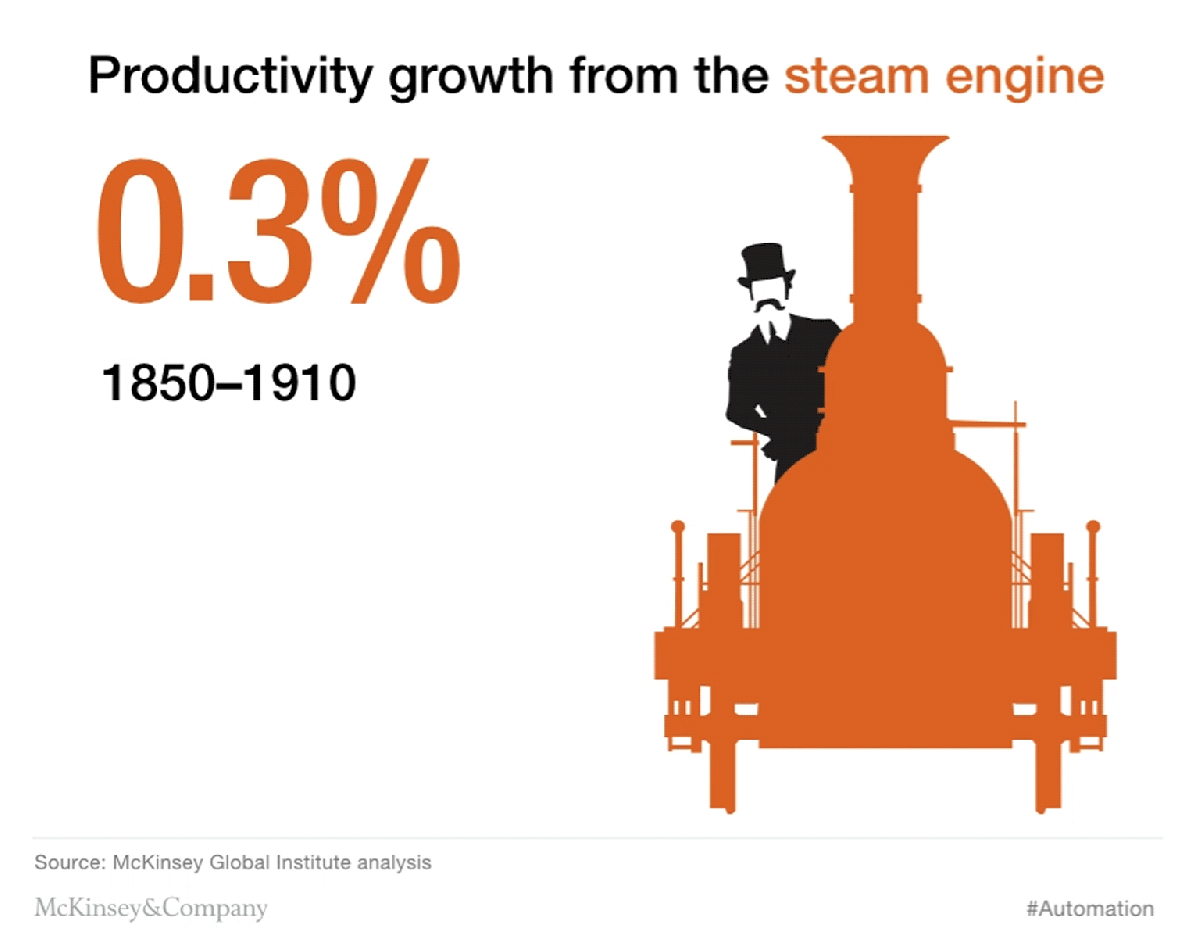
No Definitive Timeframe
As many studies have predicted, we are globally moving toward more automated workplaces. Indeed, most experts already believe that the rise of automation is inevitable. One popular and often cited study published in 2013 by Oxford University and the Oxford Martin School predicts, for instance, that 47 percent of jobs in the United States will be automated in the next 20 years. Forrester, meanwhile, thinks that about 7 percent of jobs in the U.S. will be automated by 2025.
And the U.S. isn’t the only country focused on this trend. A study by the Brookfield Institute for Innovation + Entrepreneurship predicts that 40 percent of Canadian jobs will be replaced by machines in just 10 to 20 years. In the U.K., meanwhile, an expected 850,000 jobs will be automated by 2030. Then there’s a report conducted by the International Labor Organization (ILO) that talks about how 137 million workers in Southeast Asia could lose their jobs in (again) the next 20 years.
All these studies seem to have the same general timeframe for when automation will significantly disrupt the job market. Two new studies, however, think it won’t be that fast.
A study by the McKinsey Global Institute predicts that the transition to a machine-dominated workplace will happen at a slower, more gradual pace than what others think. In a survey of more than 2,000 activities across 800 jobs, the study determined which tasks could be automated and which jobs were ripe for automation. Their conclusion? Only 5 percent of jobs can be entirely automated with “currently demonstrated technology.” This position is echoed in a report published in 2016 by the Organization for Economic Cooperation and Development (OCED), which concluded that only an average of 9 percent of jobs could be automated across its 21-member countries.
“This is going to take decades,” said James Manyika, author of the first report and director at McKinsey. “How automation affects employment will not be decided simply by what is technically feasible, which is what technologists tend to focus on.” The other factors at play include the economy, government regulations, and society’s attitude toward this new tech. In their estimation, 2055 is the soonest that half of the world’s work activities could be automated.

An Inevitable Future
One thing all these reports agree on is the fact that workplace automation will happen, and in some cases, it has already begun. There’s Walmart, Amazon Go, a Japanese life insurance firm, and Barclays, not to mention the boom of self-driving vehicles. The industries that will be experiencing this job displacement gets more and more varied, everything from factories to office desks. Stifling this development, clearly, won’t be the right move forward.
Ultimately, automation is a good thing, with the potential to benefit the global economy in the long run, so perhaps rather than focusing on when it’ll happen, the conversation should center on what can be done to help those whose jobs will be affected by widespread automation.
In the case of the world’s governments, more involvement via policy-making is key. One policy in particular that’s gaining attention alongside the automation issue is universal basic income (UBI), with some countries already testing out UBI systems to see if they could help with future unemployment. Meanwhile, the U.S. government has proposed an increase in education to counter automation.
Whether automation reaches a tipping point in 2025, 2030, or 2055, we still have time to prepare and adjust, so continued research like that out of McKinsey and OCED will help illuminate the best path forward.